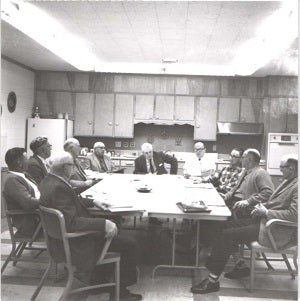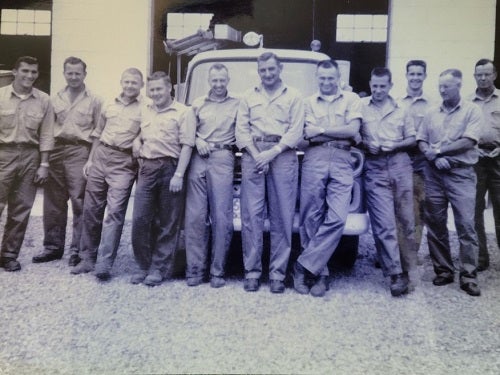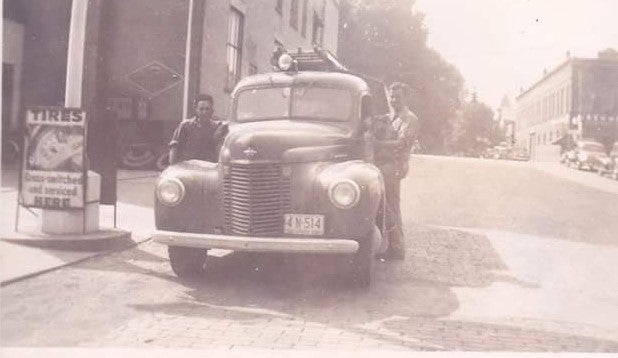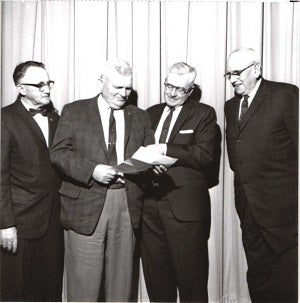Established in October 30, 1935 in Millersburg, Ohio, Holmes-Wayne Electric Cooperative, Inc. is a non profit electric distribution utility. We are owned and operated by our member-owners.
Headquartered in Millersburg, with a district office in West Salem, HWEC maintains over 2,300 miles of distribution line and 19 substations. We serve more than 18,000 accounts in Holmes, Wayne, Medina, Ashland, Stark, Tuscarawas, Knox and Coshocton counties.
A nine-member board of trustees, comprised of cooperative members, and elected by the membership, oversees the Cooperative. The board hires the president/CEO who is responsible for the day-to-day operations including 41 employees.
The average residential consumer on Holmes-Wayne's lines uses about 1,350 kilowatt hours (KWH) per month. As a non-profit Cooperative, any margins received beyond the cost of providing service (profits) are allocated to each member's account, based on amounts billed, and eventually returned to the members. These assigned margins are referred to as capital credits.
Holmes-Wayne Electric Cooperative, Inc. paid $3,411,716 in taxes with a revenue of approximately $54,763,991 in 2024.
A member-owner of Buckeye Power, Inc., HWEC buys all of its electricity from Buckeye Power, which also operates as a Co-op. Therefore, all member-owners of Holmes-Wayne Electric are also a member-owner of Buckeye Power.
Our Story
October 1935
December 1935
Spring 1936
February 1937
1940's
1950's
1960's
1970's
1980's
2004 & 2005
2005 & 2008
2016
HWEC's Operation Round Up program celebrated 10 years and half a million dollars donated from members.
2021
June 14, 2022








